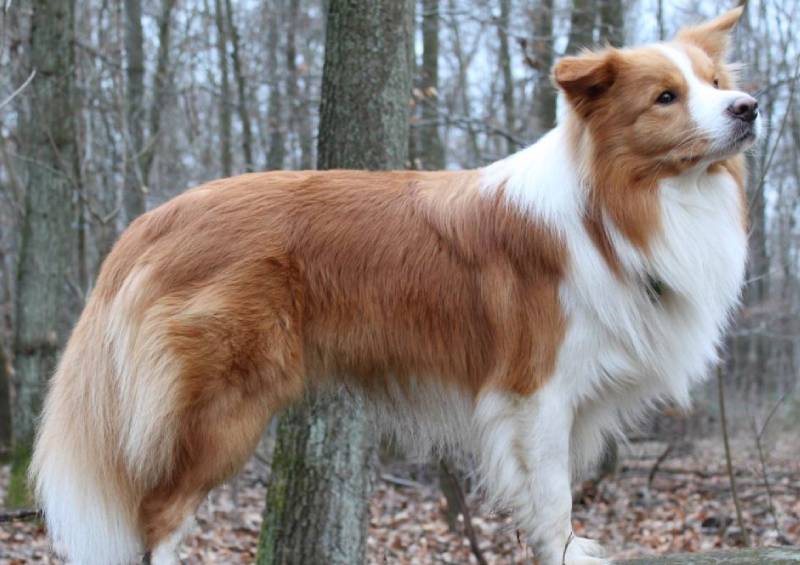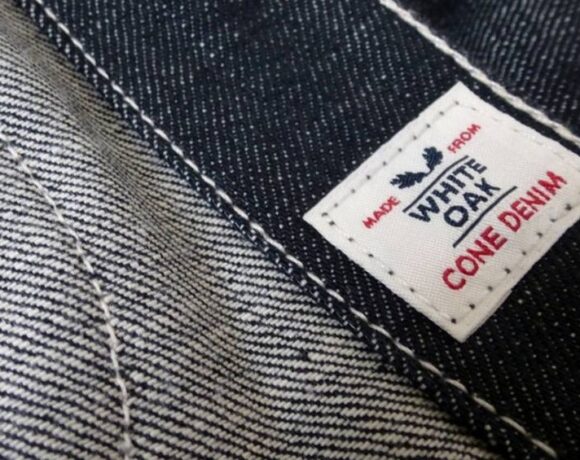Chiengora’s Potential To Redefine Textile Sustainability & Transform Fashion Industry Is Immense

Chiengora is the art of turning dog hair into textiles. Efforts are underway to turn this little-known craft into a hyper-sustainable fabric. The term “Chiengora” is a portmanteau of “chien,” the French word for dog, and “gora,” borrowed from the angora breed of rabbits and goats whose hair is used to make fabrics. Chiengora has been cherished by hobbyists and enthusiasts, but it is now gaining attention for its sustainability potential.
“In Germany alone, we discard 1,600 tonnes of dog fibres each year,” says Ann Cathrin Schönrock, a pioneering Chiengora entrepreneur. “Why are we throwing away these high-quality fibres instead of using them as a sustainable alternative yarn?”
The concept of using dog hair to create comfortable clothing has ancient roots, as dogs were among the first domesticated animals willing to have their hair harvested, similar to sheep and goats. However, the use of dog hair declined with the advent of sheep and mass-produced textiles during the 19th century.
Today, the fashion industry is searching for sustainable alternatives due to its impact on the environment. Fabrics like cotton, wool and leather are resource-intensive and have faced criticism for their environmental effects. This has led to investments in exploring alternative materials, including Chiengora.
A recent survey by the American Veterinary Medical Association found that nearly half of American households have a dog, making the potential source of dog hair abundant. Many dog breeds shed their hair and their owners often take them to groomers for trimming. This hair can be valuable rather than discarded.
Research has shown that dog hair, depending on the breed, can be more durable than camel hair and superior to wool in many aspects. For instance, Lhasa Apsos, with their long, insulating hair, are considered an excellent source of Chiengora material.
The craft website Etsy features numerous Chiengora-related products, from yarn made from pet hair to knitted items like socks and beanies. Handspun Samoyed yarn can cost more than double the price of fine cashmere, reflecting the potential value of Chiengora.
However, Chiengora faces two primary barriers to commercial success. The first is a cultural stigma, where people may associate it with negative images from fiction. But many quickly overcome this perception once they understand the process is harmless.
The bigger challenge is scaling up production. Unlike other fibres with a long history of harvesters, collecting Chiengora at scale would require educating households and groomers on the proper techniques. The process involves combing dogs’ undercoats, which can vary in quality depending on the breed and the specific area from which the hair is collected.
Efforts are being made to soften dog hair gathered from grooming salons using industrial techniques, including chemical treatment to reduce spikiness. Blending dog hair with synthetic materials is another approach to create consistent and comfortable Chiengora.
While there have been Chiengora projects and companies that attempted to make a mark in the industry, scaling up has been a challenge. Some efforts have involved the merger of companies and incubators, but the ability to scale remains elusive.
Despite the challenges, advocates of Chiengora, like Ann Cathrin Schönrock, believe that more research and education will lead to ethically and sustainably harvested dog hair on a large scale. She hopes her upcoming book will educate dog owners and promote ethical gathering, leading to an exceptionally high-quality yarn.















